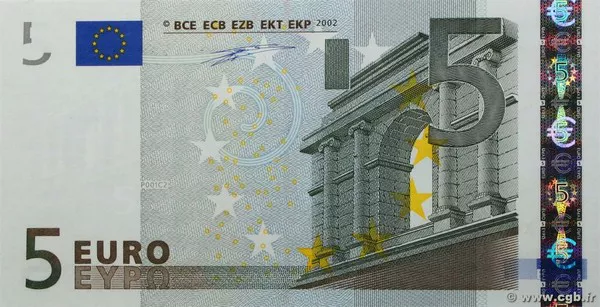In the global financial landscape, two currencies stand out as key players – the Euro (EUR) and the United States Dollar (USD). As the primary currencies of the Eurozone and the United States respectively, these two hold significant sway in international trade, finance, and investment. This article aims to provide a comprehensive analysis of the Euro and the Dollar, delving into their historical backgrounds, current standings, and factors influencing their strengths and weaknesses.
Historical Overview:
The Euro, introduced in 1999, marked a historic milestone in the economic integration of European Union (EU) member states. Initially adopted as an electronic currency for non-cash transactions, the Euro became tangible banknotes and coins in 2002. The primary objective was to facilitate seamless trade and economic cooperation among European nations.
On the other side of the Atlantic, the United States Dollar has a rich history dating back to the late 18th century. Evolving from the Continental Congress’s issuance of the Continental Currency, the USD officially became the country’s currency in 1792. Over the years, the Dollar has emerged as the world’s primary reserve currency, securing its position as a global economic linchpin.
Exchange Rates and Current Standing:
Exchange rates play a crucial role in assessing the relative strength of currencies. As of the latest available data, the Euro-to-Dollar exchange rate is an essential metric to consider. The exchange rate is influenced by various factors, including interest rates, inflation, economic indicators, and geopolitical events.
In recent years, the Euro has maintained a relatively stable position against the Dollar. However, fluctuations occur due to economic uncertainties, political developments, and shifts in global trade dynamics. Investors and central banks closely monitor these movements to make informed decisions regarding currency holdings and investments.
Economic Indicators:
Examining key economic indicators provides insights into the overall health and performance of a currency. For the Euro, the Eurozone’s economic indicators, such as GDP growth, unemployment rates, and inflation, are critical. The Dollar’s strength, meanwhile, is closely tied to the economic indicators of the United States, including GDP, employment figures, and consumer spending.
The Eurozone has faced economic challenges, including disparities among member states and the impact of the 2008 financial crisis. However, concerted efforts by EU institutions and member states have contributed to economic recovery and stability. In contrast, the United States has experienced periods of economic growth, with robust GDP figures and a relatively low unemployment rate.
Inflation and Monetary Policy:
Inflation rates and monetary policies implemented by central banks significantly impact currency strength. The European Central Bank (ECB) oversees monetary policy for the Eurozone, while the United States Federal Reserve (Fed) is responsible for the Dollar. Both institutions aim to maintain price stability and support economic growth.
The Eurozone has faced concerns about low inflation, prompting the ECB to implement unconventional monetary policies, including negative interest rates and quantitative easing. In contrast, the United States has experienced moderate inflation, leading the Fed to adjust interest rates to balance economic growth and price stability.
Global Reserve Currency Status:
The status of a currency as a global reserve currency is a testament to its strength and international acceptance. Historically, the Dollar has held the predominant position as the world’s primary reserve currency. Central banks and international institutions hold significant reserves in USD, contributing to its widespread use in global trade and finance.
While the Euro has gained prominence as the second most widely held reserve currency, it has not surpassed the Dollar’s dominance. The Euro’s global reserve status is influenced by the stability and economic performance of the Eurozone as a whole.
Geopolitical Factors:
Geopolitical events and developments can have a profound impact on currency values. Trade tensions, diplomatic relations, and geopolitical uncertainties contribute to fluctuations in exchange rates. Recent geopolitical events, such as Brexit and trade disputes, have influenced the Euro and the Dollar.
Brexit has presented challenges for both the Eurozone and the United Kingdom, affecting currency values and trade dynamics. Trade tensions between the United States and China, as well as other geopolitical developments, have also influenced the Euro-to-Dollar exchange rate.
See Also Where To Convert Euros To Dollars Near Me
Conclusion:
In conclusion, assessing the relative strength of the Euro and the Dollar requires a multifaceted analysis considering historical perspectives, economic indicators, monetary policies, global reserve status, and geopolitical factors. Both currencies play crucial roles in the global economy, and their values are influenced by a complex interplay of domestic and international factors.
While the Dollar maintains its position as the world’s primary reserve currency, the Euro has steadily solidified its standing as a key player in international finance. The ongoing dynamics between these two currencies will continue to shape the global economic landscape, and investors, policymakers, and businesses must stay attuned to these developments for informed decision-making.


